It is practice time to excel in a new skill. We had known what are skills, how to know our skills and what blocks the way to excel in new skills. Now it is time to have practical steps to reach satisfaction in a new skill that we intend to acquire.
The 7 steps we need to take
Surely not every new skill or even a hobby that comes across our attention manage to capture our curiosity. The one skill that captures your attention do worth a further investigation before intending or committing to pursue it. Sometimes we are not that deliberate in the selection. That’s when we are asked to upgrade our skills to do something differently as a part of a job or a task required from us. Or, when we need to use a new tool, a new app, new software to do things. The first words we hear about this new comer are never enough to configure the complete way ahead. Whether we have the freedom to chose this new skill or not, steps to reach a satisfactory level won’t differ a lot.
One of the mistakes happens when we engage with a formal training course before stepping up the previous steps prior to the investment step. This usually happens when we are in a rush and we believe that this new skill will do us all the magic. Other times, work places enroll their team directly in the trainings they believe they need without the preparation steps. Even if this happened to you, give yourself a chance to go step by step to gain enough momentum and overview. Having an overview and some curiosity are needed to fuel your motivation across the journey.
Step 1 : Explore the new skill
Exploration here comes from the sense of discovery. To discover is to find or find out about something for the first time. Hearing about something is not like finding out about it. Finding out about something includes searching about it, asking about it, reading a little pit of history or opinions to get the sense of it. Starting to practice directly takes out a part of your stability while learning. Having -even a little- background about something makes it familiar to you. Practicing something without familiarizing ourselves with it brings a lot of struggle in the way. Think of it like driving a long way while seated wrongly. It is not comfortable, not engaging, not fun, tiring, frustrating and many more negative adjectives.
Step 2: Give it a try
Not every skill out there can be tried. It is dangerous.
Even if you excel in driving your car for years, driving a six axle truck , is a totally new story and license. But you can sit in the cabin of one, pay a close look to a driver on duty or, watch a YouTube about it. Same applies for arc welding or cutting and air gliding. Also, many of this skills or hobbies you can find a chance to go to its location, watch people doing it, touch the tools or maybe go hand-in-hand with some expert user.
On the other side of the scale come the soft digital or soft skills where you can try it alone or on your computer. That’s like digital drawing, imaging, coding, blog writing and many other skills. It might take you a couple of hours or more to give it a try but you won’t hurt yourself or others and you will get the sense of your enthusiasm or not towards it..
This step is a little pit tricky. If you start this step with negative perspective or unwillingness, you won’t reach a fair result. I suppose that you had dropped your resistance in the exploration step. Otherwise, you will see a reflection of what you carry in your emotions. In other words, you can’t see the brightness of a day from behind black glasses.
Step 3: Learn about your new skill
Learning is somehow deeper. You start to read about it and to analyze what you read. I like to say that you become exposed to and that you interact with what you are learning. The result is gaining knowledge that create a change. This stage of learning is like your first steps in learning a new language whether it is a language to deal with other humans or to create an app, they are the same. You start by learning the alphabetic then few words and how to say hello and good morning. In coding you learn how to display “Hello world” on the screen. Those are your biggest achievements in your first days or hours of learning. If you are actually in the foreign country that you are learning its language, you will be very happy to say Good Morning to everyone you see.
Suppose that this skill you are acquiring is performing laser alignment, or Suppose that this skill you are acquiring is about performing laser alignment, or vibration analysis. Your first achievement is to take a correct reading which is not nonsense. Then, you need some training which takes time to be able to say if this reading is good or bad. To tell why this reading is bad is an expert level. Like when you start fishing. You may study by heart all the type of fishes and how they look. You will be so happy with your first even though you might find a difficulty of telling the name of the fish.
Important points to conclude from the learning step
The stage of learning about this skill includes focusing on the information that you gain. This focus and attention to the information will structure the information to a knowledge. Some of the important pieces of information that need to gather in the first few days will be the cost of practicing and exceling this skill. The amount of time needed, the physical effort it requires and, its availability in a nearby location to practice it. Supposedly, that you got excited with skating but you live somewhere in Africa. Putting whatever knowledge you learn into practice is not nearby you.
Step 4: Get Some Training
Training is a structured learning that takes you from square zero to a certain level in mastering the skill you intended to acquire. The trainer who had practiced to some extent this skill will give you insights about the setup needed to start. The tools needed, how to get them, the basic theoretical knowledge will know be clear to you. And it will take you in a step-by-step manner to reach a higher level than what you had started with. Currently, remote online training of prerecorded material is available every where on the internet at affordable prices.
So you can start immediately but, don’t rush. Make sure that you had spent enough time with the first 3 steps; few day or even hours are enough. Why? When you get engaged with some sort of training course, it includes monetary cost even a small one and time consumption to learn and practice. Hopping on and off between courses even if you can afford it, will take you no where far from step zero or the step one on you path.
Step 5: Invest in your new skill
Investment does not always mean monetary investment. The time, effort and dedication you will put might be more costly. Why? Because it will take you from other things that you might have been doing instead. So, after passing steps 1 to 4, you are now ready to put a priority in you schedule for this new skill. The priority you will give for your skill is the anchor point that you will return to when you feel lost or frustrated.
You may have the capacity to invest in the best training course with the best trainer or, may be your work place had provided you with this opportunity. The tools and setup follow the same logic; you may provide the best tools and setup or it may be provided for you. Nevertheless, the effort you put is the only key to benefit from all these investments. So, your real investments are the time, effort and dedication.
Step 6: Practice till you excel or reach self satisfaction
After all the setup and investment you had made to learn your intended-to-acquire skill, Don’t compare yourself to others, at least for now. In any skill, you will find people who had mastered it since years. During those years, they were constantly practicing. During practice they face problems. Solving your skill riddles and challenges along a period of time creates a real experience.
Your job requirement might include customer services for a certain software or device. Mastering the software usage and the frequent problems can be enough. Likewise, tracking a PLC (programmable Logic Control) program to find the signal missing from field is also enough. Creating a new application or a PLC program might not be in your scope. However, you can put it as a target if you are interested in the topic. Anyhow, this step comes after a considerable time of practicing analyzing some working pieces of software.
So, bottom line, there are no limits how far can you go with your experience. As they say, your limit is the sky. However, when your target is not the stars, don’t feel frustrated when some one reach there. Be grateful when you reach your own target. That’s why steps 1-5 should have helped you to know your target. After crafting a nice target and working to accomplish it, keep in mind that it is not set into stone. You can upgrade it between now and then but mindfully and without comparing yourself to others who had started this track years ago.
Step 7: Be Vulnerable enough to speak about your skill
Being vulnerable as explained by Brene Brown
Vulnerability is uncertainty, risk, and emotional exposure. But vulnerability is not weakness; it’s our most accurate measure of courage to show up and be seen when we can’t control the outcome. The level to which we protect ourselves from being vulnerable is a measure of our fear and disconnection.
Brené Brown Quotes on Courage and Vulnerability
The time we chose to speak about our skill varies. By default we are afraid from criticism or being the subject of mockery. Also we don’t usually feel comfort when someone we consider as equal or less is seemingly better in one skill. The reality is that each one of us is good at something. So we complete each other, we help each other and, we teach other. Looking down upon someone or placing my ego under or above someone or better or worse than him creates a burden for us to grow and move freely. Every time you decide to embark on a new journey, you start from step zero. When you are at step zero, there are others at step 2, 3, 4……10…..100.
You have many options at each step. Either you expose your status freely trusting that within a short time you will be up 10 steps or maybe hundred. Or, you are afraid and you hide and don’t speak about what you are learning. The step where you decide to be vulnerable and admit your current level frankly without shame, that’s when you will drop a heavy load down from your shoulders and you will start to sprint. Just rest sure, no one is 100% vulnerable 24/7. Everyone has his own shadow areas that he likes to hide. However, delaying the vulnerability will darken those shadow areas and allow them to grow to monsters that will frighten you to take any step forward. Vulnerability, throws light on those shadow areas to free or clear those monsters.
In Conclusion,
The track to exceling a new skill is every time the same. What differs is our understanding for the steps that we need to take to make our track easier. The 7 steps demonstrated here can be jumped in days, weeks or years. It depends on the gap between the skill you want to acquire and your current capabilities and mindset. Also, your courage and determination are vital. Some steps can take hours and some can take years. When reading through those steps, reflect on any skill that you had gained in your life to see how each step shaped your track. Drop us a comment if it resonates with you or if you had experienced it differently.
If you feel you need help with any of these ideas we discussed, request a Management Consultancy or Coaching Services From our Store

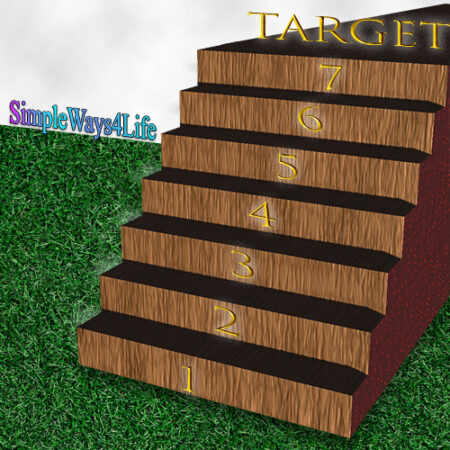

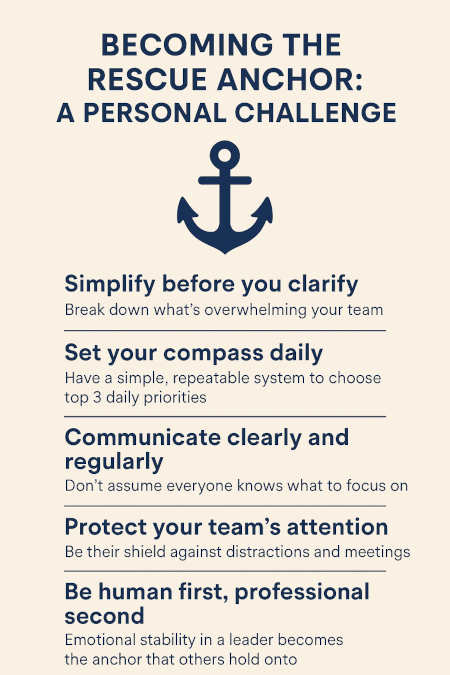


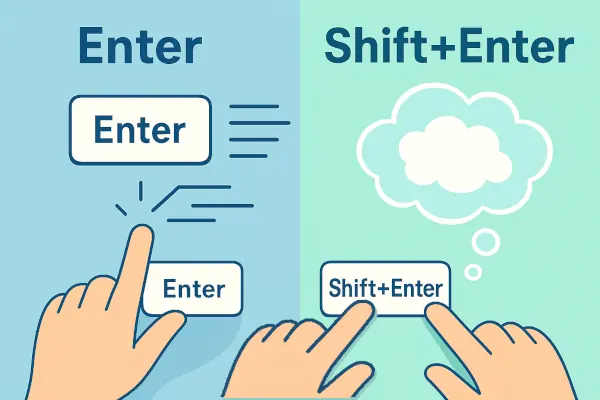
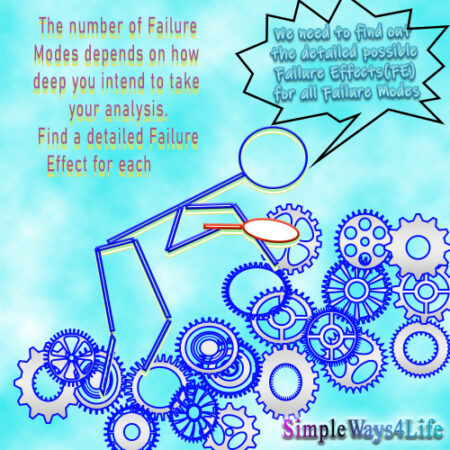
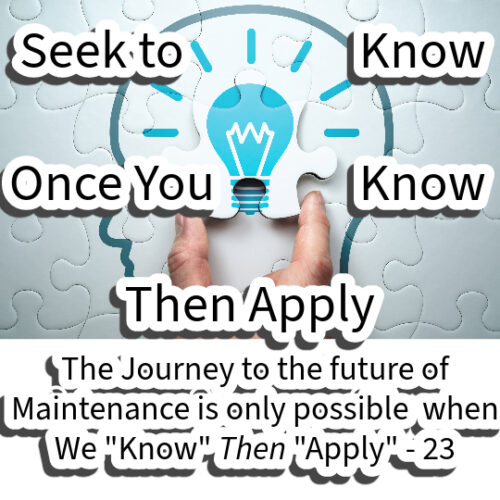
One Comment